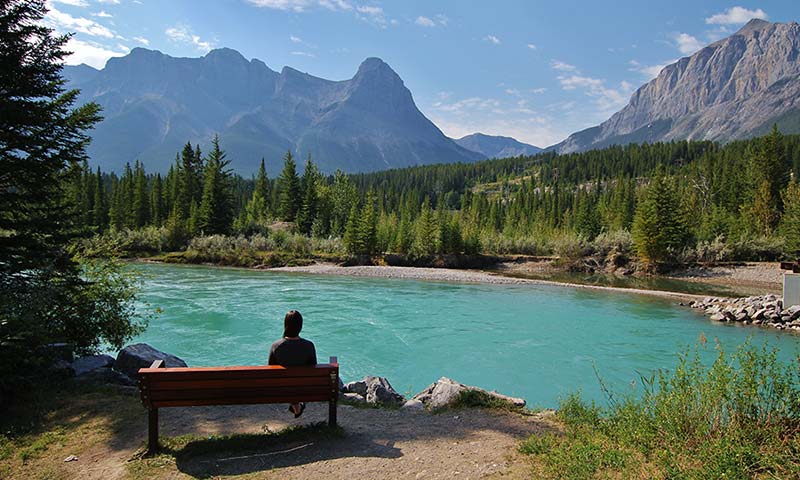About Canmore
Donald A. Smith settled in Canmore in 1884. Smith was a Canadian Pacific Railway pioneer and intended for the area to act as a whistle stop for the new westward expanding railways. Shortly after Smith had settled, many other pioneers began arriving to prospect for coal and copper in the Rocky Mountains; thus, the town of Canmore began to form. In 1886, Queen Victoria granted a coal mining charter for the area around Canmore and the first coal mine opened the following year in 1887.
The name of Canmore originated from a town on the northwest shore of Scotland; it is a Celtic word meaning “Big Head” and was given in honor of King Malcolm the 3rd of Canmore who, in 1057, killed Macbeth the usurper in a fight for the throne of Scotland.
Canmore was one of the most important mining centers in southern Alberta. Canmore became one of the few coal-mining towns in southern Alberta in 1922 when the Bankhead mine was closed due to shifting markets. In Canmore, coal mining remained strong until 1979 when Canmore Mines Ltd ceased production and left 120 miners unemployed.
There were fears that the Canmore townsite would simply dissolve with the closure of the coalmine; however, the announcement in the early 1980’s that Canmore would be the site for the Nordic events of the 1988 Winter Olympic Games brought new life into the community.
Today, with a population of well over 12,000 residents, the town of Canmore is bustling and shows no signs of slowing down. With a wide array of indoor and outdoor activities and a rich heritage, Canmore is a true gem in the heart of the majestic Rocky Mountains.



